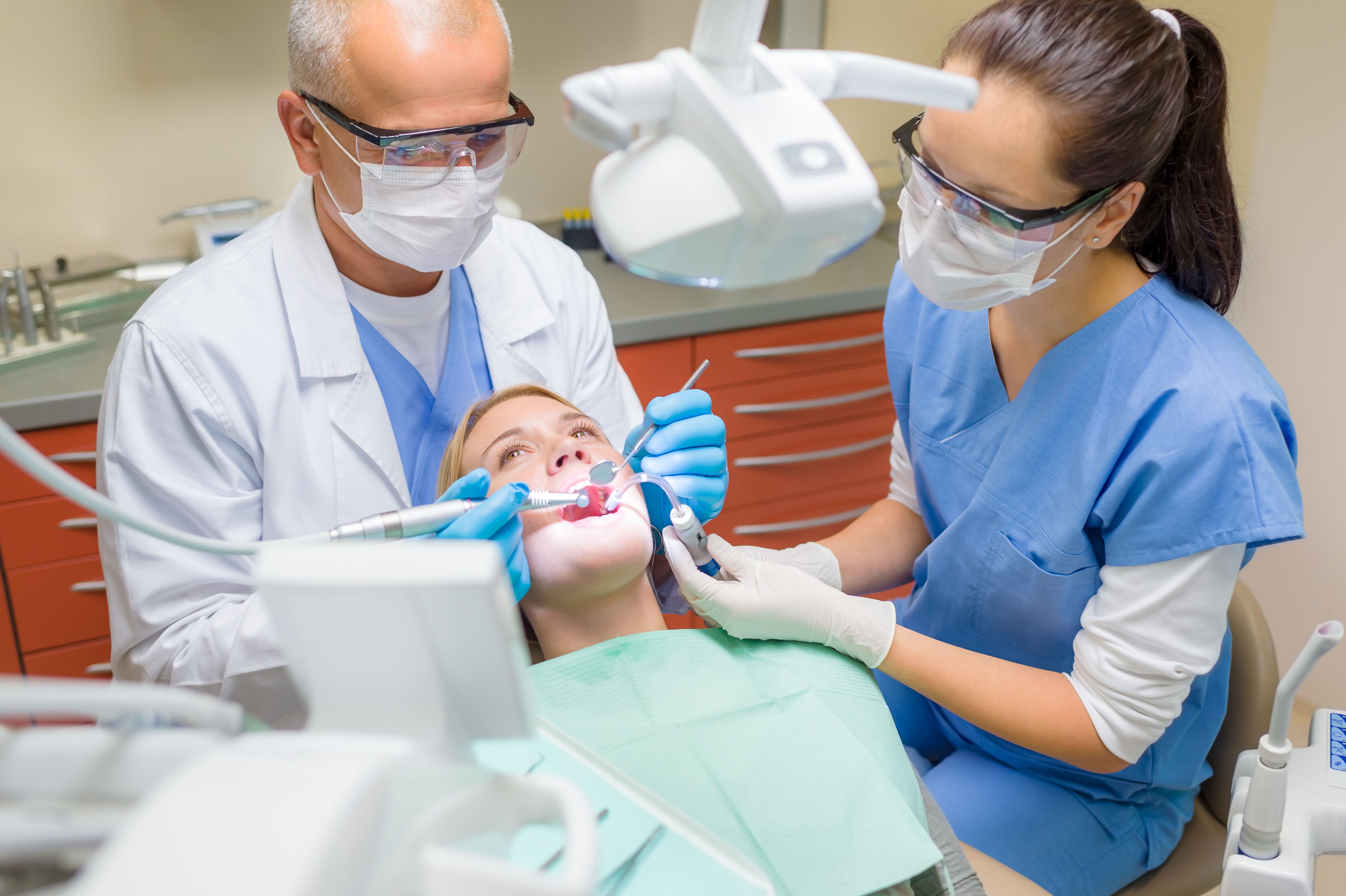Want to Boost Treatment Acceptance? Focus on These Three Yeses
Dentists often leave significant revenue on the table when patients fail to accept a treatment plan. Here are tips on how to ensure patients buy in, mentally and financially.

“If [the patient] understands that it’s going to cost me $2,000 but they don’t understand the worth of that $2,000, I haven’t done my job right." - Theresa Narantic
When a patient’s arm is bleeding, he wants to do something about it. Right away. But, as dentists know all too well, many patients don’t have anywhere near that sense of urgency when their gums are bleeding.
Theresa Narantic knows this problem all too well. A longtime dental industry consultant and speaker, she works with practices around the country and hears all the time about patient complacency with regard to treatment recommendations.
“The educational level of our oral healthcare patients is lower than what we would like,” she told Dentist’s Money Digest®.
Luckily, there are strategies dental practices can use to dramatically increase their rates of treatment acceptance. Narantic will share her tips and perspective during one of two talks she’ll present at the American Association of Dental Office Managers’ annual meeting in San Antonio, July 19-21.
Narantic likes to think of the treatment acceptance challenge not as getting a single “yes” but as getting “three yeses.”
When recommending a treatment plan, dentists have to make a clinical case for why it’s necessary, explain the procedure itself and the process the patient will undertake, and then explain how the patient can pay for it. In other words: there’s a lot for a patient to take in.
She gives the example of teaching math. In elementary school, a teacher must cover addition, subtraction, multiplication, and division, four different concepts each with its own set of rules and procedures.
“Would we learn if the teacher taught all of those concepts at the same time?” Narantic asked.
The obvious answer is “no.” And yet, Narantic says, dental practices use this all-at-once approach to patient education all the time.
Instead, Narantic suggests breaking up the conversation into three parts. First, the dentist explains the condition, the treatment, and the consequences of inaction.
If the dentist does a good job of this, they’ll get the first of the three “yeses.”
Next, a hygienist or dental assistant makes the value statement, explains how much time and money the treatment will take, and answers any patient questions. Afterward, they offer their question: If we can make this affordable, will you say yes? If done right, that conversation should lead to the second “Yes.”
“If [the patient] understands that it’s going to cost me $2,000 but they don’t understand the worth of that $2,000, I haven’t done my job right,” Narantic said.
The last stop is with a financial or insurance coordinator who explains the financial breakdown for the patient’s particular situation. The goal of that conversation is to get the third and final “Yes” and to get the patient to pay for the procedure up front.
“It’s not a qualified purchase until there’s money in hand,” she said. “So I coach a team in how to get 100% of the dollars before the appointment is even reserved.”
Narantic also said it’s important that each of the three stations is done by a particular staffer.
The dentist has the expertise and credibility to explain the medical rationale. However, it’s important for an ancillary staffer to explain the value proposition because often patients are more willing to ask questions of a hygienist than they are to ask questions of a dentist. The financial or insurance manager is important because only they understand the ins and outs of insurance and financing.
Part of that coaching is planning ahead. In order to secure the three “yeses,” each member of the team needs to be prepared to answer questions and give personalized responses. She recommends doing these chair previews two days in advance.
That planning can also help a dentist mentally prepare to make their case. Often, she says, dentists don’t like the idea of asking for money. However, she reframes the conversations. It’s not about making a sale, she says, but rather offering the patient a treatment or service that will benefit them. Dental staff shouldn’t act like salespeople, but they also shouldn’t poison the well by assuming the patient will want to say no.
“That’s the biggest thing with the ‘yes’ work that I do,” she said. “It is them getting that breakthrough that says just be objective.”
For more information on Narantic’s work, visit speaker.dental.
Image source: CandyBox Images - stock.adobe.com
ACTIVA BioACTIVE Bulk Flow Marks Pulpdent’s First Major Product Release in 4 Years
December 12th 2024Next-generation bulk-fill dental restorative raises the standard of care for bulk-fill procedures by providing natural remineralization support, while also overcoming current bulk-fill limitations.